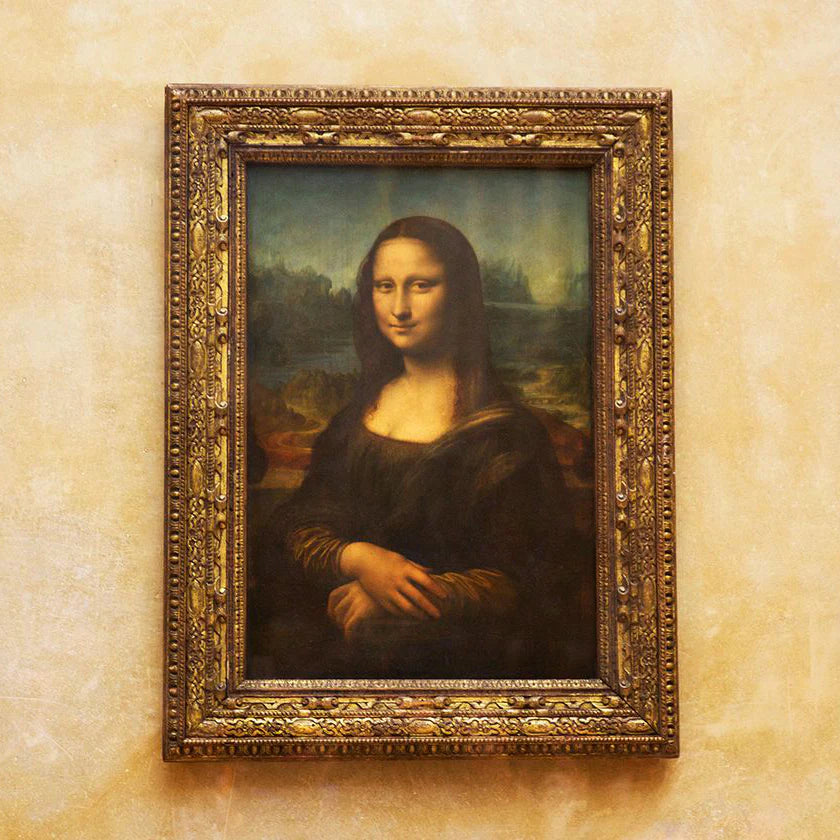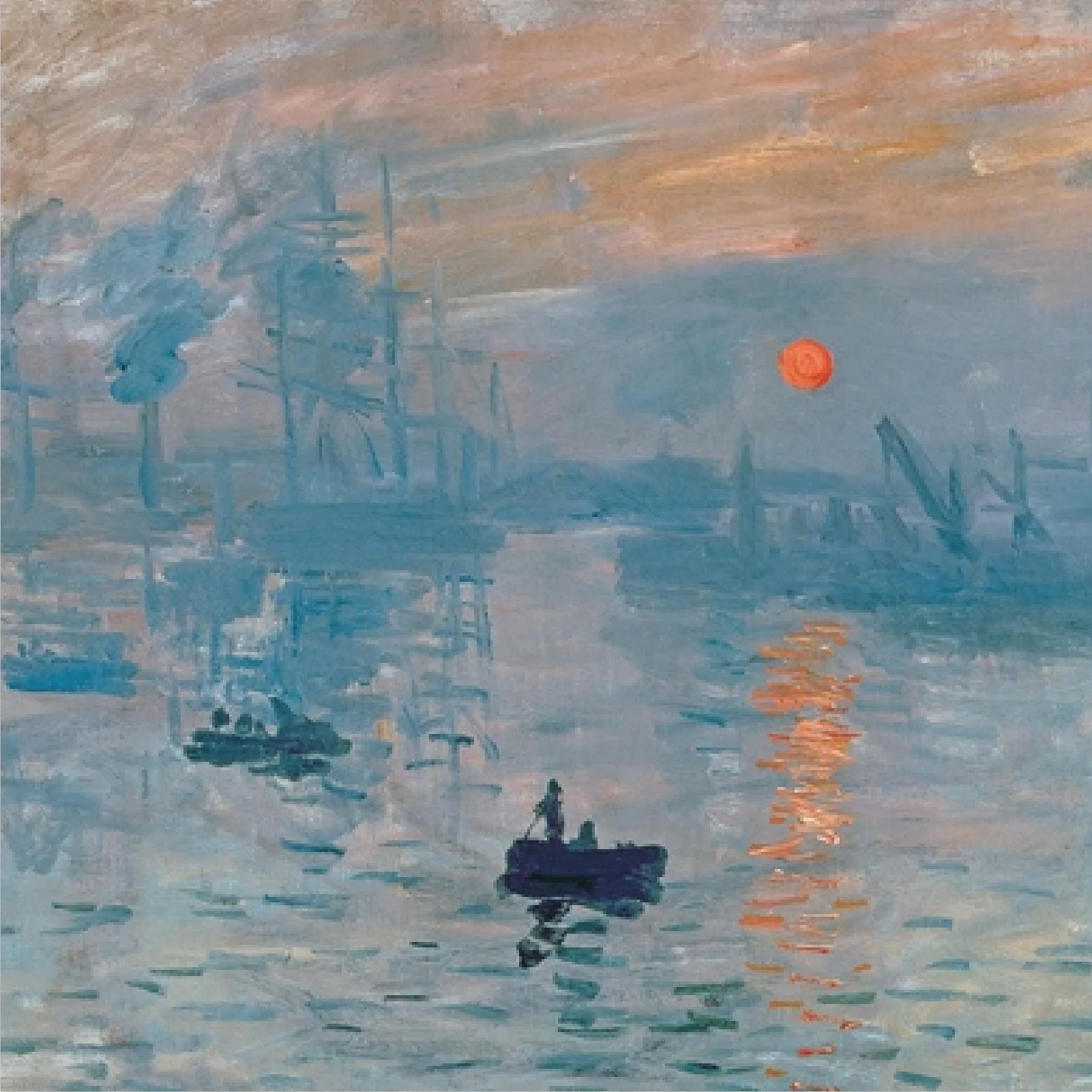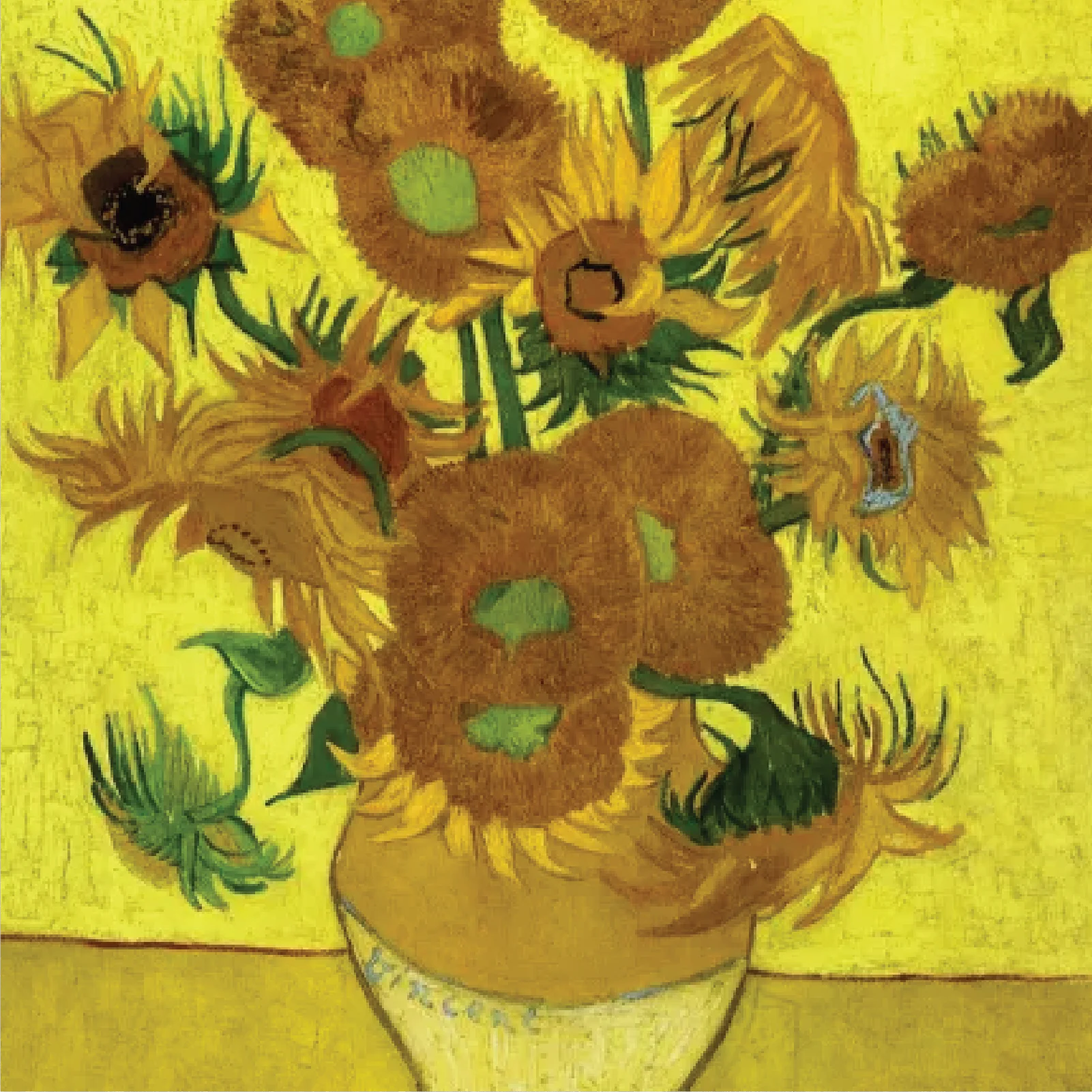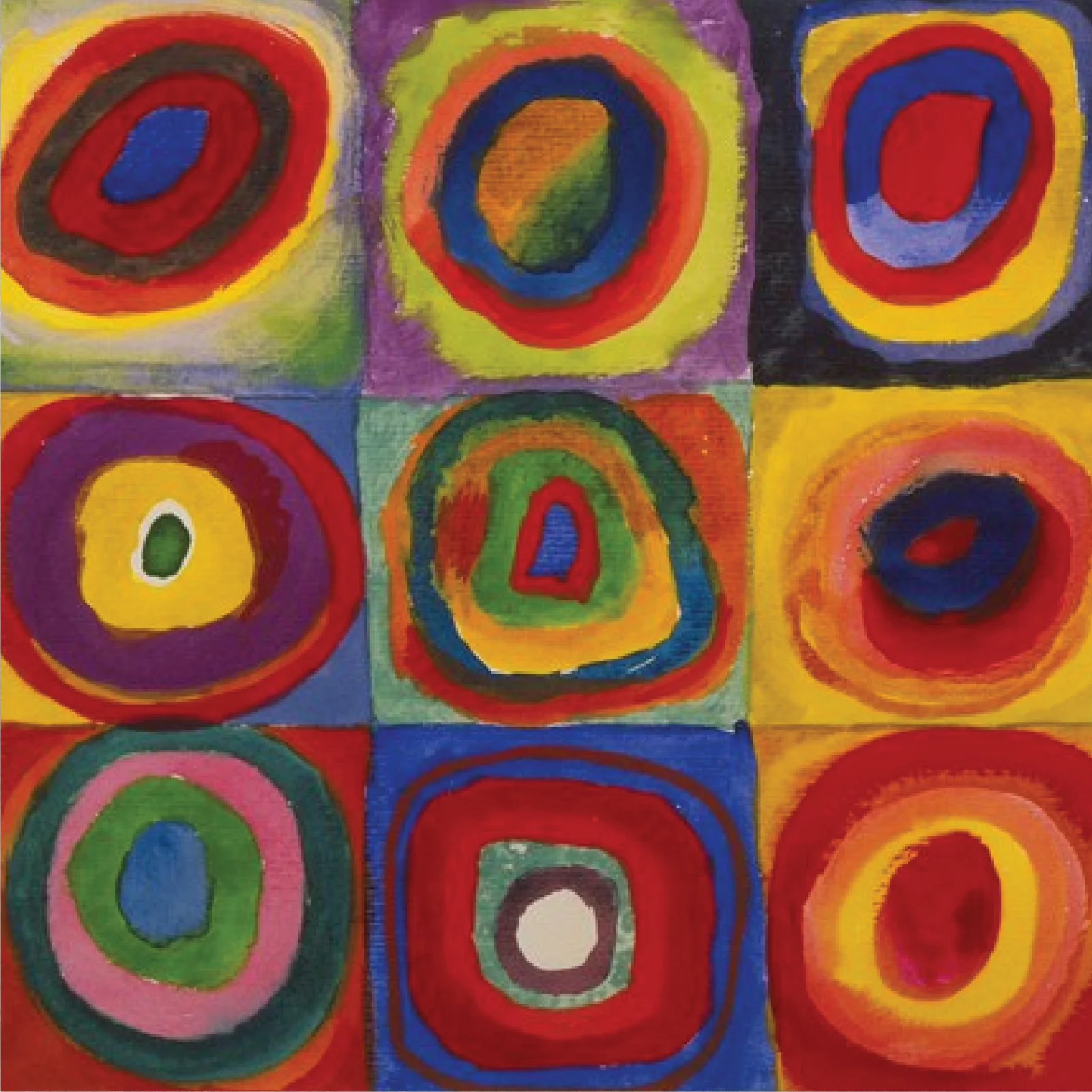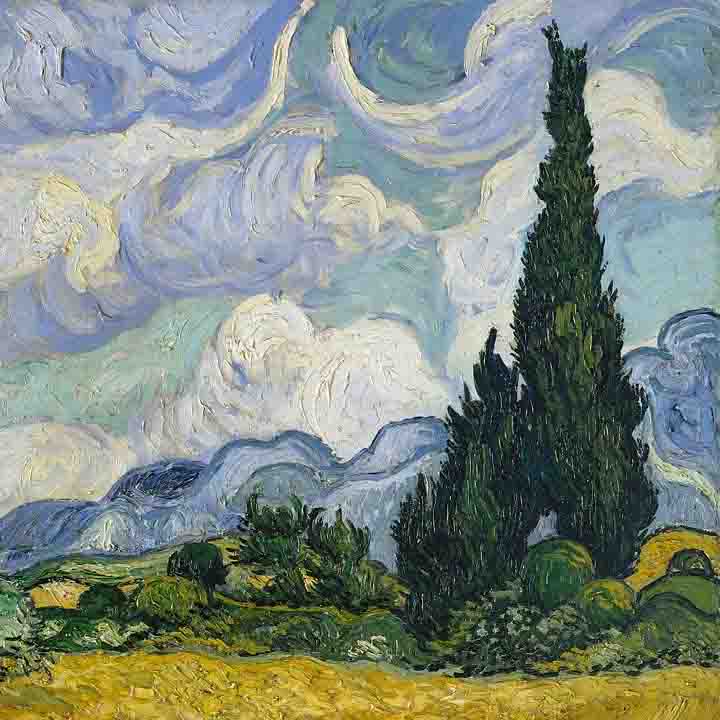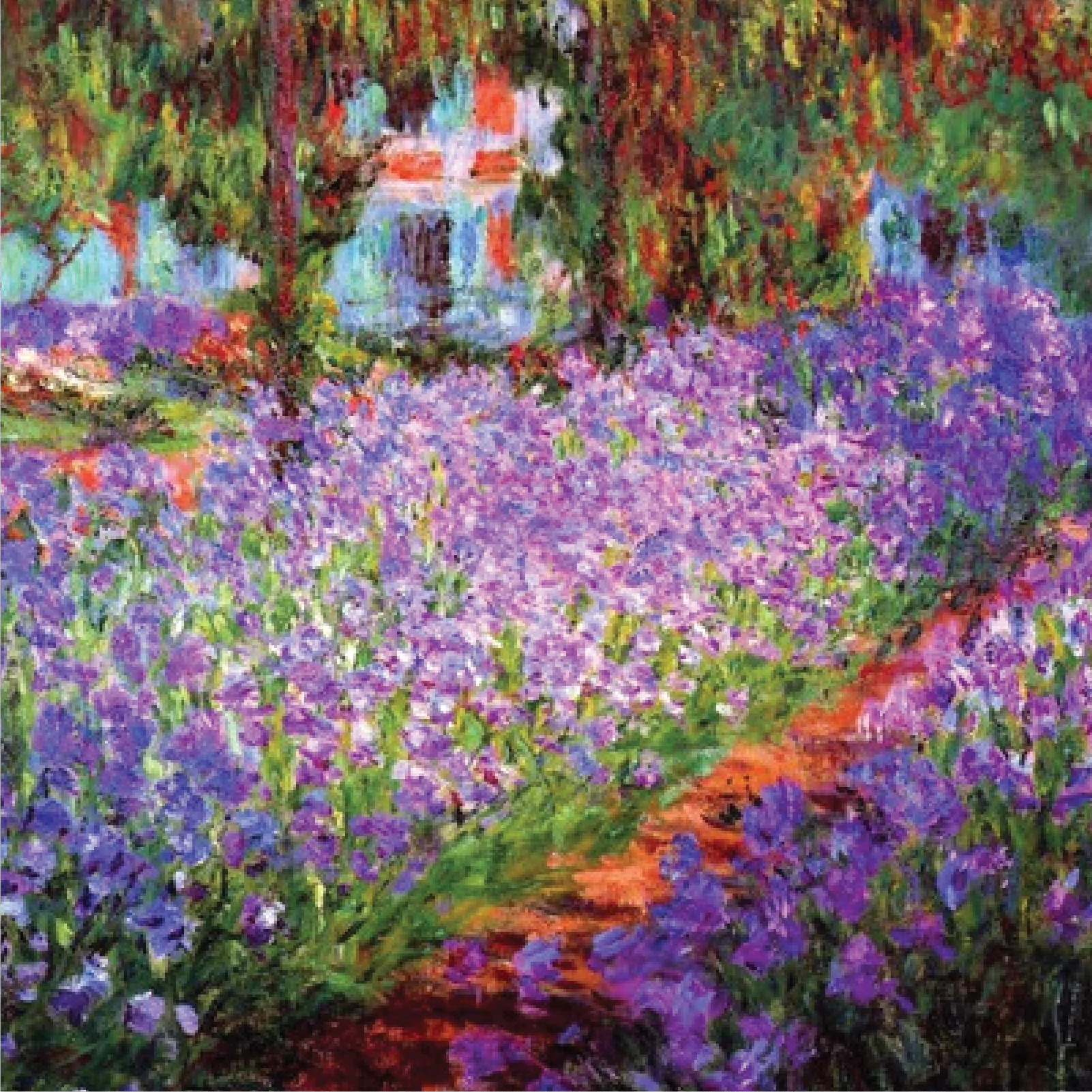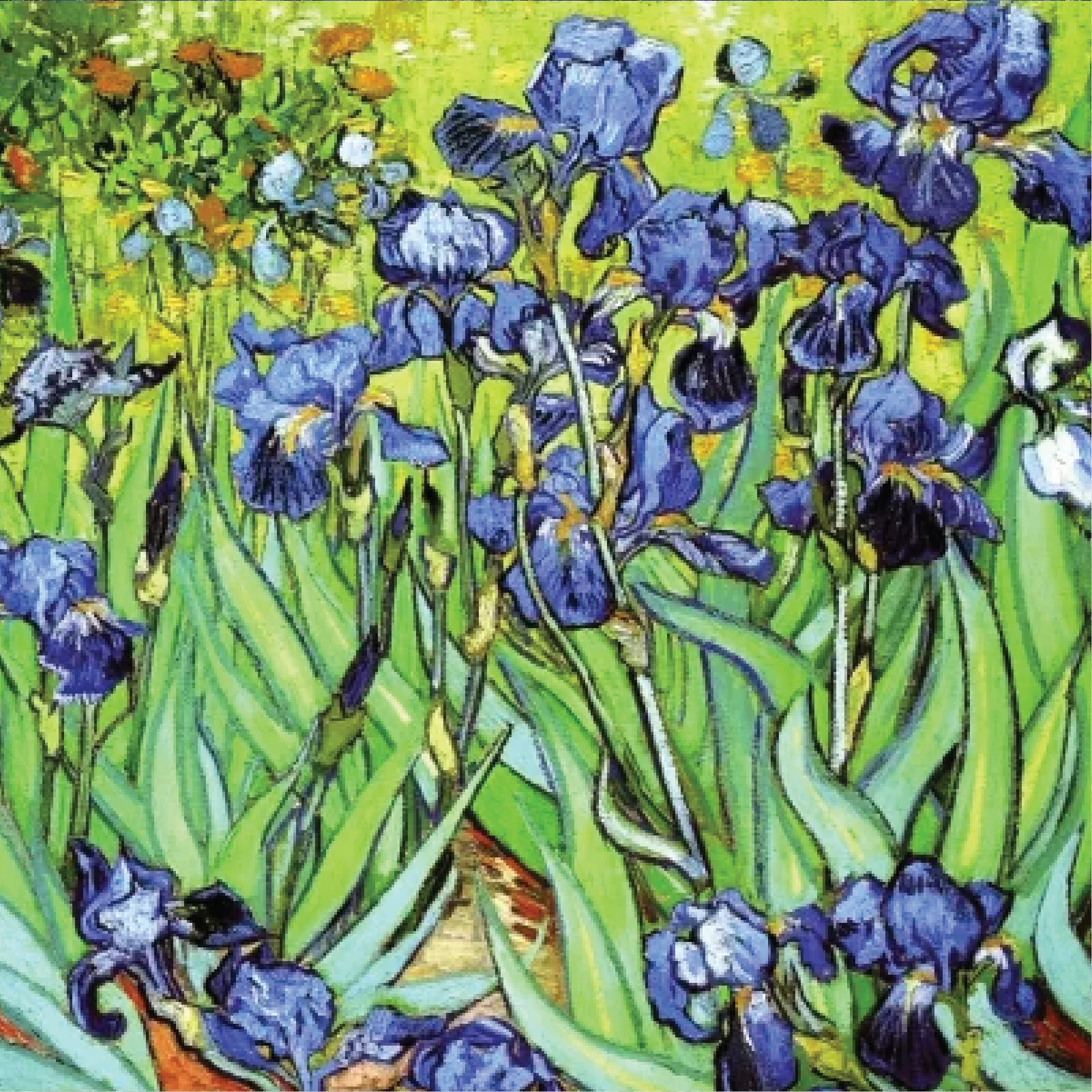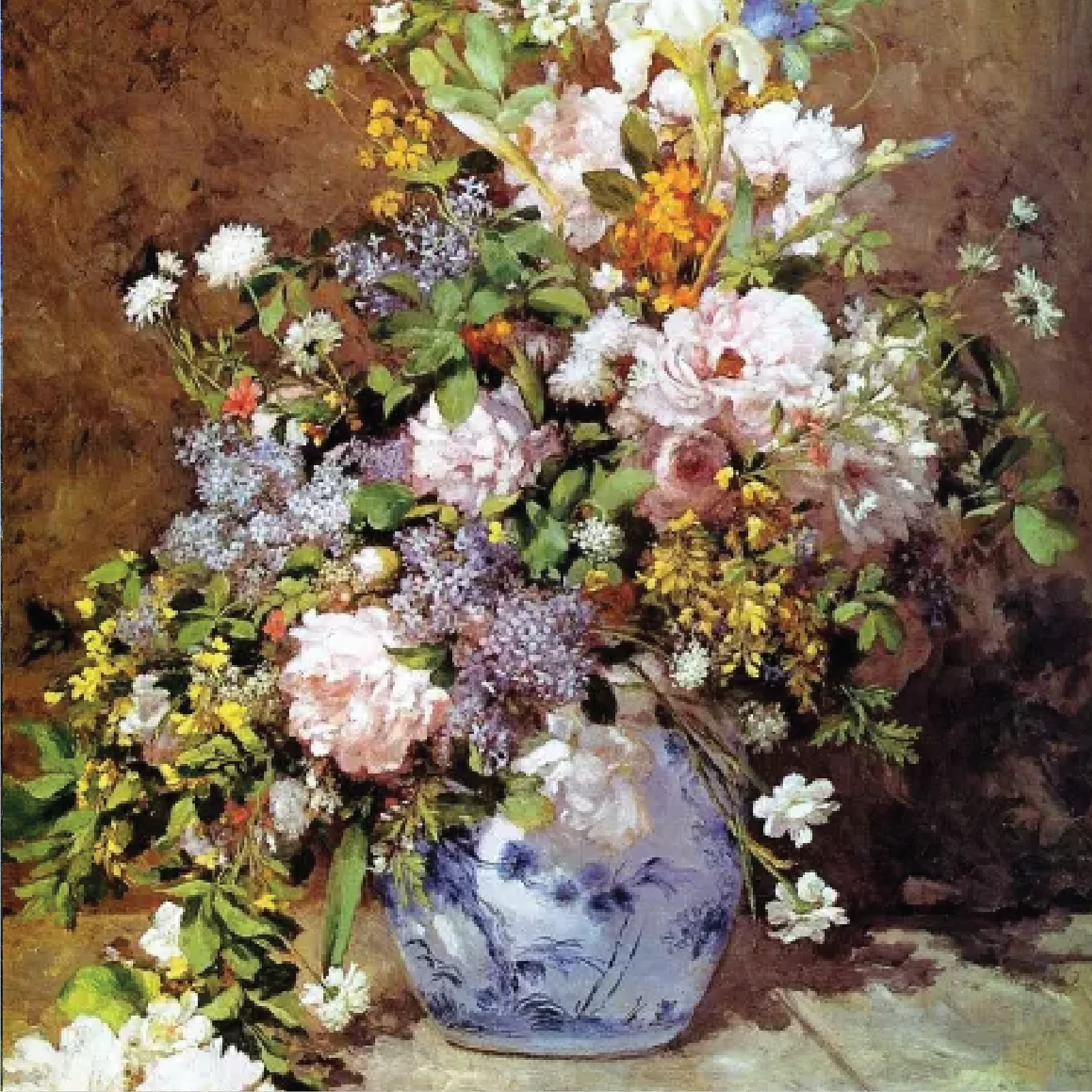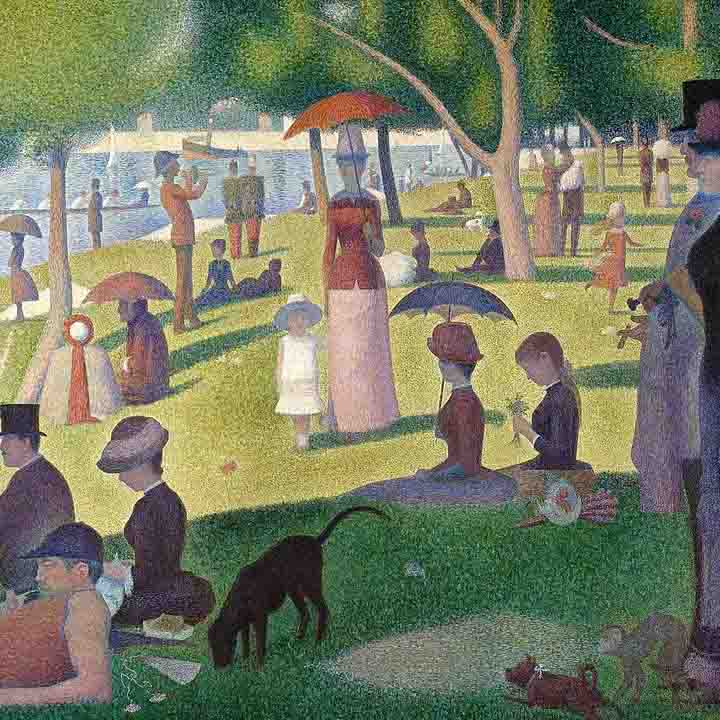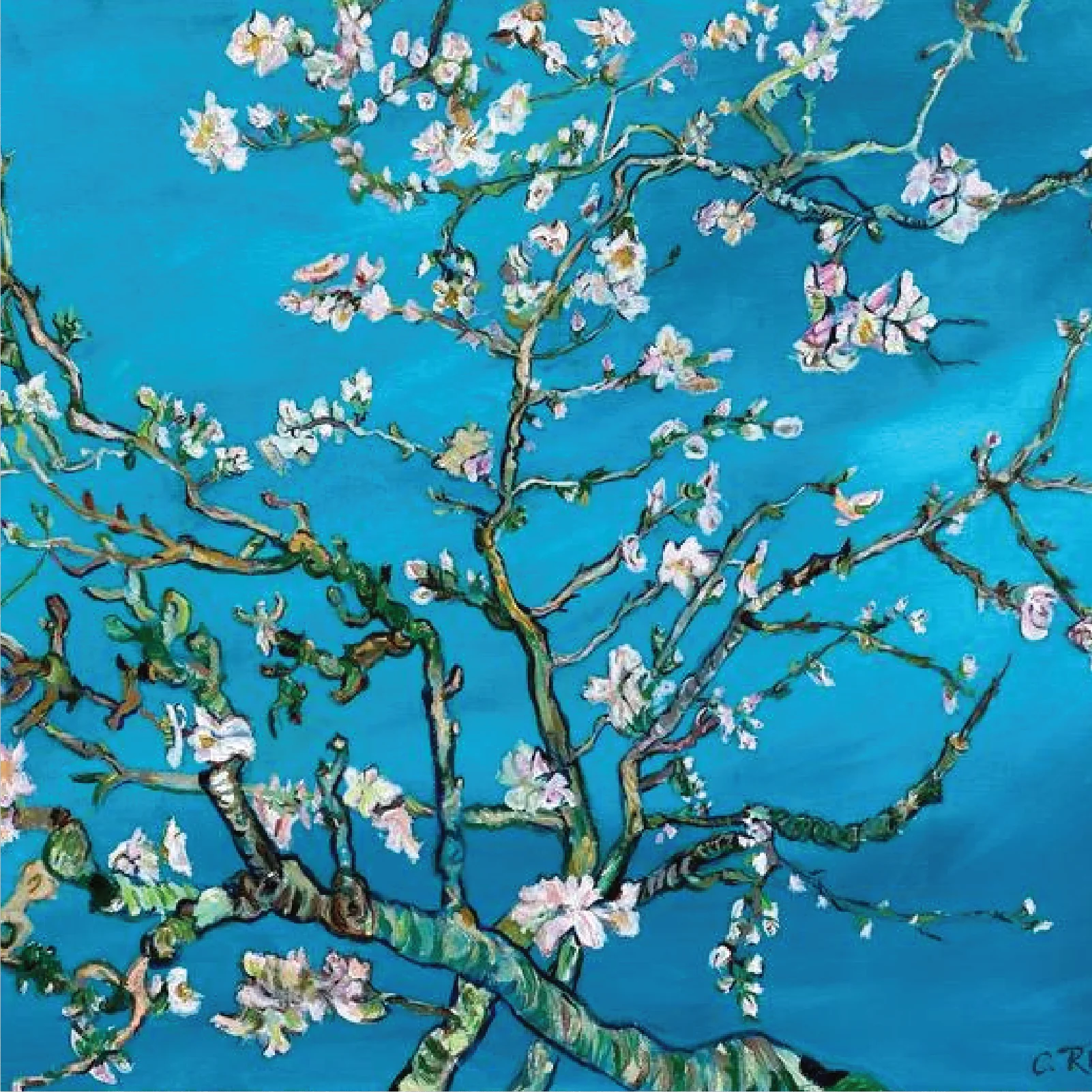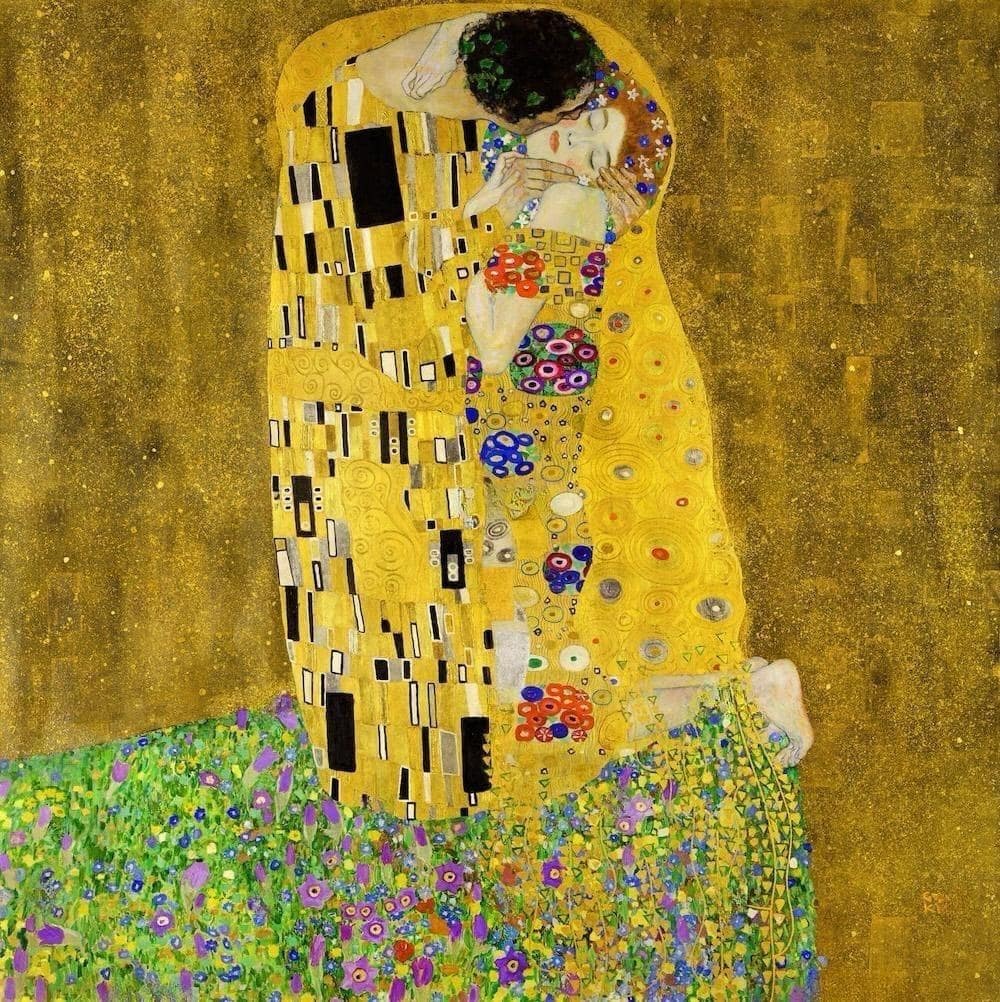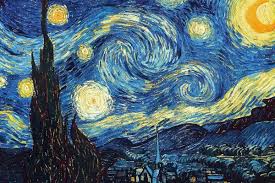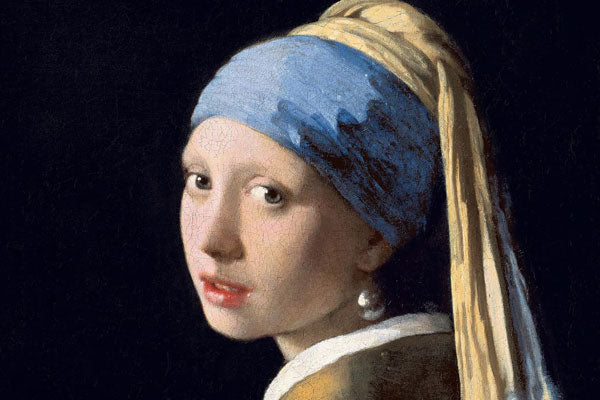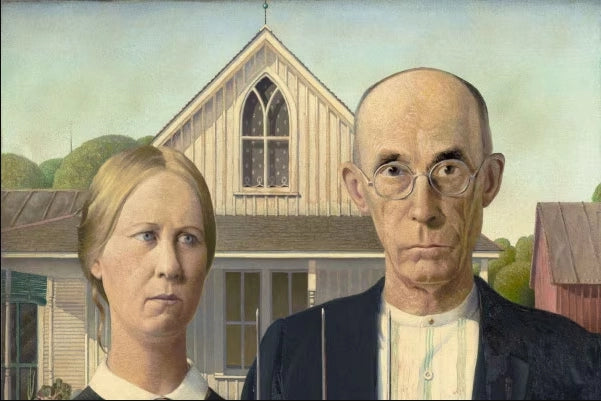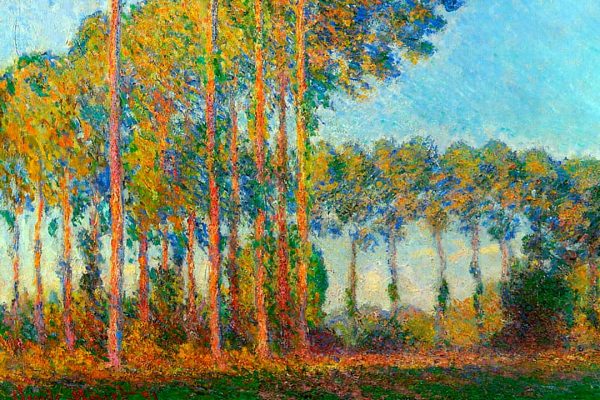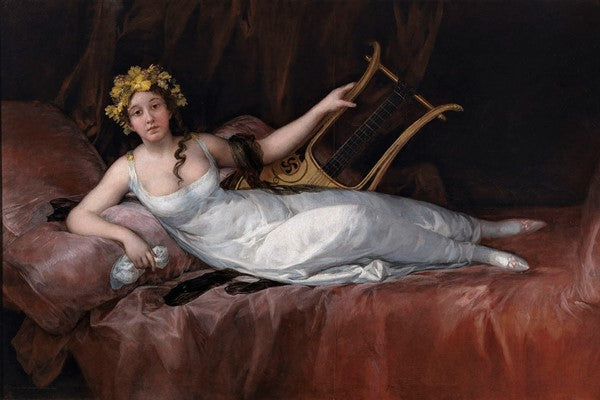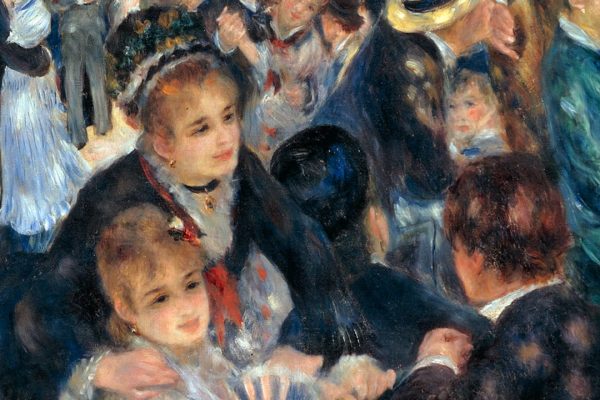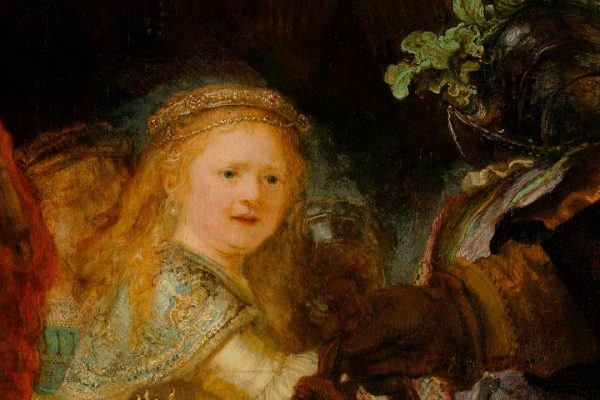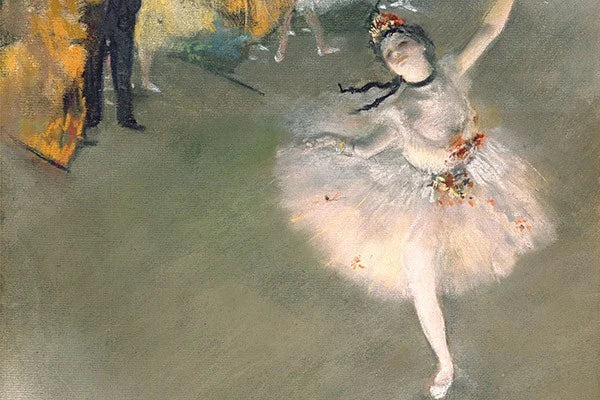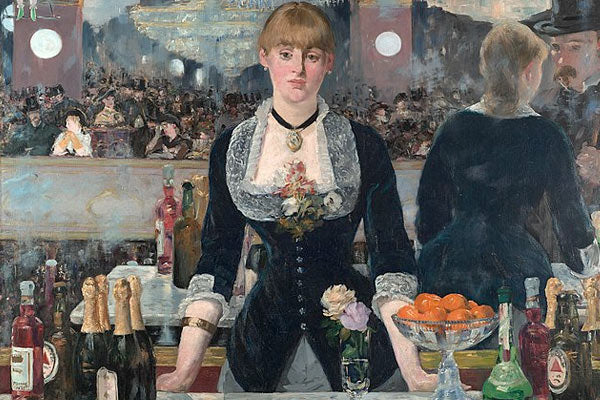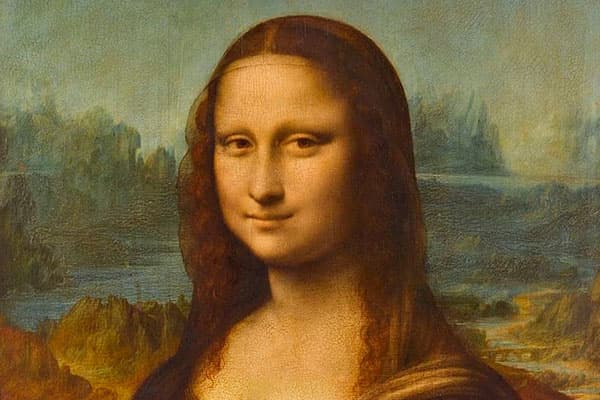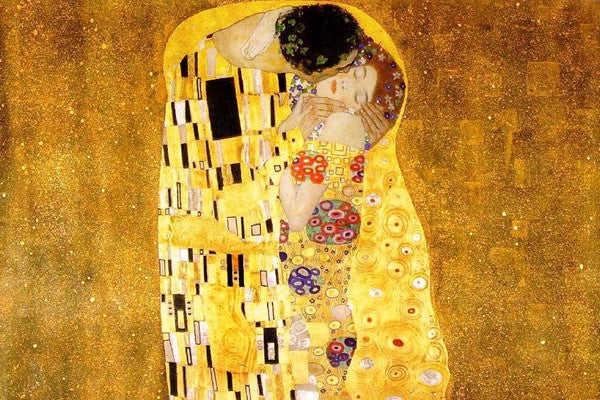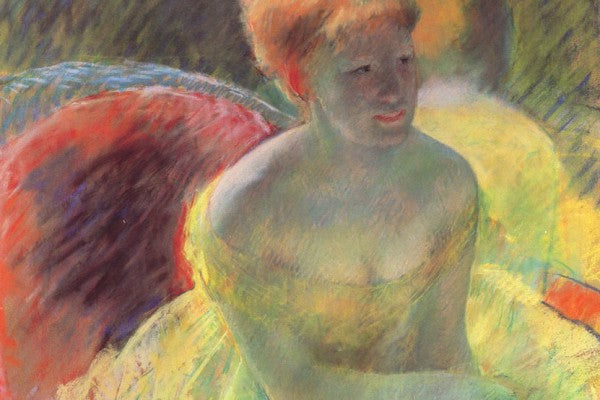Art has been an essential part of human culture for centuries, with masterpieces created by legendary artists continuing to inspire generations. However, due to their historical significance, rarity, and high market value, many original paintings are either locked away in museums, private collections, or simply too fragile for public display. This has led to the widespread practice of creating painting duplicates, which are high-quality reproductions made for educational, decorative, or commercial purposes.
Painting duplicates serve a variety of functions, from preserving the artistic legacy of great masters to making fine art accessible to a broader audience. However, they also raise important ethical and legal questions, especially when it comes to authenticity, intellectual property rights, and the fine line between legitimate reproductions and deceptive forgeries.
We will explore the significance of duplicates, the methods used to create them, their impact on the art world, and the ethical and legal considerations surrounding their production.
Art&See offers hand-painted masterpieces – Don’t settle for prints—experience the rich texture and beauty of real oil paintings made by expert artists.
What Are Painting Duplicates or Art Reproduction?
A painting duplicate is a reproduction of an original artwork, created using various techniques to mimic the style, colors, and details of the original. These duplicates can range from simple printed copies to highly detailed hand-painted replicas that closely resemble the original masterpiece.

Painting duplicates are often categorized based on their purpose:
-
Museum and Educational Duplicates – Used to replace fragile originals in exhibitions or for art students to study and learn classical techniques.
-
Commercial Reproductions – Sold as decorative pieces for art enthusiasts who cannot afford the original but still want to enjoy a high-quality replica.
-
Forgery and Deceptive Copies – Created with the intent to deceive collectors and institutions by passing off the duplicate as an original.
Understanding the different types of painting duplicates helps in appreciating their value while also being aware of the potential risks associated with fraudulent reproductions.
Methods of Creating Oil Painting Duplicates
The process of duplicating a painting has evolved over time, incorporating both traditional and modern techniques. The choice of method depends on factors such as accuracy, cost, and the intended use of the duplicate.
1. Hand-Painted Replica Artwork
Art&See’s hand-painted replicas are meticulously crafted by skilled artists who replicate the original painting of monet and degas artwork using traditional techniques. These artists study the original work from gallery, analyze its brushstrokes, and use similar materials to achieve an authentic look.

Process:
-
The artist carefully examines the original painting, studying the texture, color palette, and composition.
-
A preliminary sketch is made on the canvas before layering paint to match the original’s style and depth.
-
The final touches include applying varnish to enhance durability and match the aged look of the original.
Advantages:
-
Provides a near-authentic appearance.
-
Retains the texture and depth of brushstrokes.
-
Often considered a valuable art piece on its own.
Disadvantages:
-
Time-consuming and expensive.
-
Requires highly skilled artists, and slight variations from the original may occur.
2. Giclée Printing (High-Resolution Digital Reproductions)
Giclée printing is a modern technique that involves creating high-quality digital prints of an original painting frame. This method uses specialized inkjet printers that produce fine art prints with exceptional color accuracy and detail.
Process:
-
The original painting is scanned or photographed at a high resolution.
-
Digital color correction is applied to match the original colors.
-
The image is printed on fine art paper or canvas using archival-quality ink.
Advantages:
-
More affordable than hand-painted duplicates.
-
Can be mass-produced with high consistency.
-
Resistant to fading when printed on archival materials.
Disadvantages:
-
Lacks the texture and depth of an original painting.
-
Can be easily replicated, leading to mass-market devaluation.
3. Photographic Oil Painting Reproductions
This method involves taking high-resolution photographs of a painting and printing them onto canvas or paper. It is commonly used for posters and decorative art prints.
Advantages:
-
Inexpensive and easy to produce.
-
Ideal for casual art collectors and home decor.
Disadvantages:
-
Lacks the authenticity and depth of original brushstrokes.
-
Colors may not always be a perfect match.
4. 3D Printing and AI-Enhanced Replicas
With advancements in technology, 3D printing and artificial intelligence (AI) are now being used to create detailed duplicates of paintings. These techniques can recreate not only the colors but also the texture of brushstrokes, making the reproduction feel more like the original.
Advantages:
-
Highly accurate and detailed.
-
Can replicate texture and aging effects.
Disadvantages:
-
Expensive technology, not yet widely accessible.
-
Requires expert digital processing.
Why Are Painting Duplicates Important?

1. Preserving Artistic Heritage
Many priceless paintings are centuries old and at risk of deterioration. Museums often create duplicates to replace originals in public displays while keeping the original works preserved in controlled environments.
2. Accessibility to Fine Art
Most people cannot afford an original Van Gogh or Rembrandt, but high-quality duplicates allow art lovers to enjoy these masterpieces in their homes and offices.
3. Art Education and Training
Art students and historians use duplicates to study painting techniques, composition, and color theory without risking damage to the original works.
4. Museum and Exhibition Displays
Due to theft risks and environmental factors, some museums exhibit duplicates while keeping the original artwork stored securely. For example, Leonardo da Vinci’s Mona Lisa is displayed behind glass, but high-quality duplicates exist worldwide for closer examination.
Ethical and Legal Considerations
1. Copyright and Intellectual Property Rights
Copyright laws protect an artist’s work for up to 70 years after their death. Creating and selling unauthorized duplication of copyrighted paintings is illegal. However, public domain artworks (those whose copyright has expired) can be freely reproduced.
2. The Dangers of Art Forgery
While legitimate duplicates are acceptable, some forgers create near-perfect copies and attempt to sell them as authentic originals, deceiving buyers and institutions. Notable forgery cases have resulted in millions of dollars in fraudulent transactions.
3. Transparency in Art Sales
Ethical reproductions should always be labeled as duplicates to prevent deception. Buyers should verify the authenticity of paintings before making purchases.
Famous Examples of Painting Duplicates
1. The Sistine Chapel Ceiling (Michelangelo)
The Vatican preserves Michelangelo’s original frescoes while allowing artists to create replicas for educational and decorative purposes.
2. The Ghent Altarpiece (Jan van Eyck)
This masterpiece has been duplicated multiple times due to theft and restoration efforts. A high-quality replica is now displayed to protect the original.
3. The Mona Lisa (Leonardo da Vinci)
Hundreds of duplicates of the Mona Lisa exist worldwide, some hand-painted and others digitally printed, allowing more people to appreciate the painting without visiting the Louvre.
Wrapping Up
Painting duplicates serve an essential role in the art world, providing access to masterpieces, preserving cultural heritage, and educating future generations. However, the ethical and legal challenges surrounding reproductions must be carefully considered.
Elevate your space with museum-quality hand-painted reproductions from Art & See. Explore our collection and own a masterpiece at an affordable price today.
While duplicates allow more people to experience great art, they should always be created and sold transparently, ensuring that buyers are aware of their authenticity. Whether through hand-painted replicas, digital prints, or AI-enhanced reproductions, painting duplicates continue to bridge the gap between fine art and accessibility, making the world’s most treasured masterpieces available to a wider audience.
